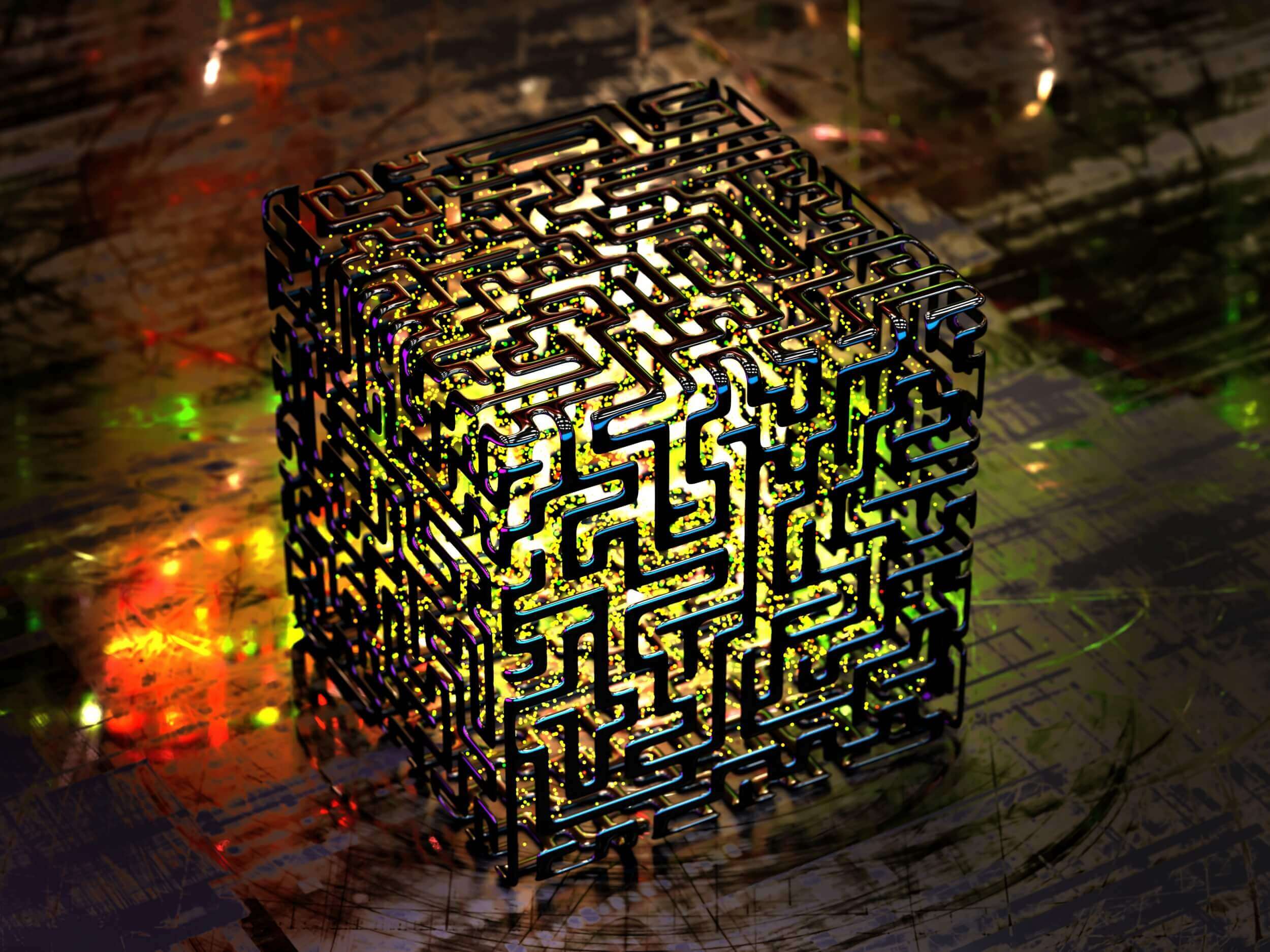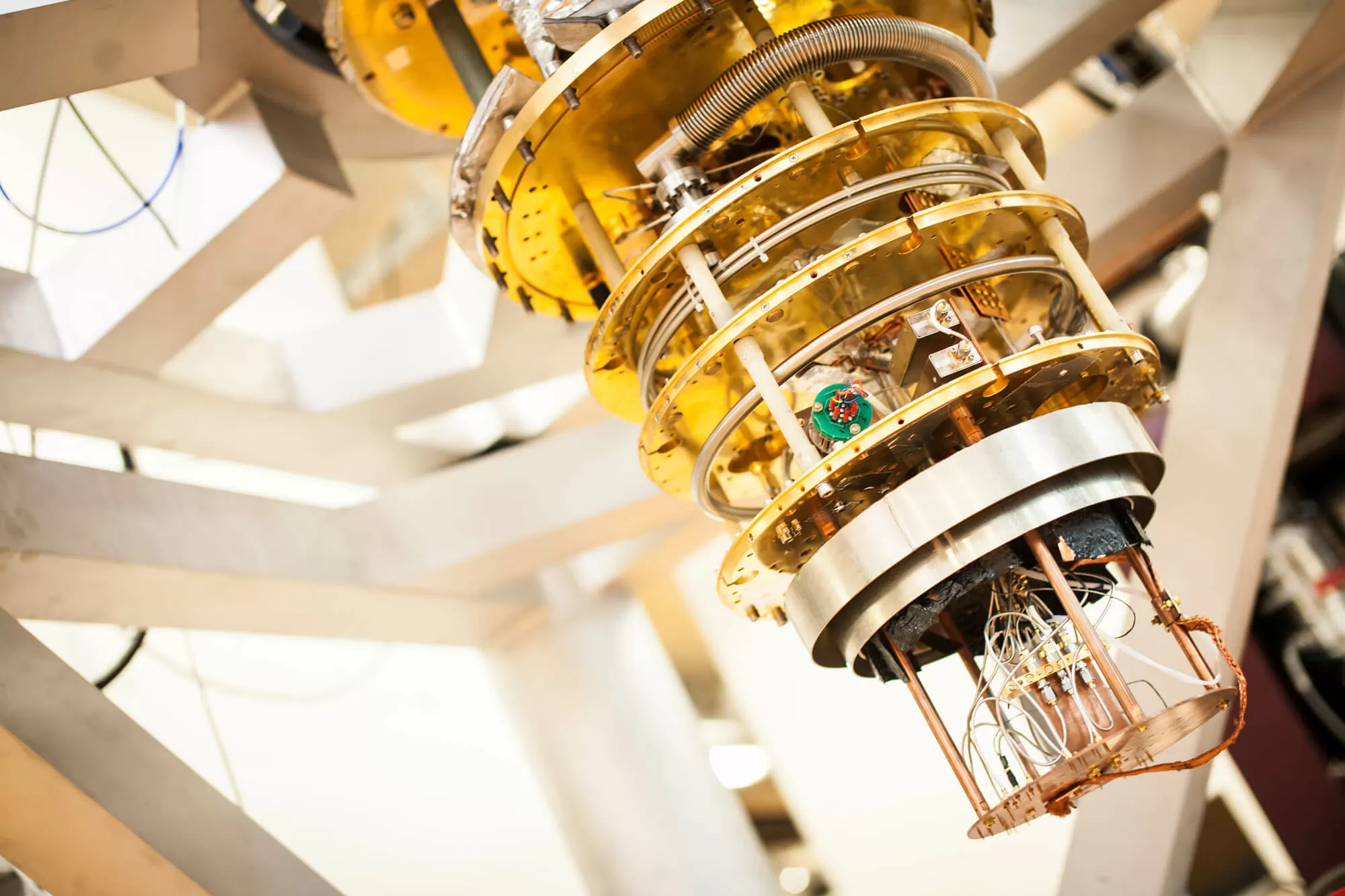Forward-looking: Researchers at the Skolkovo Institute of Science and Technology (Skoltech) in Moscow have developed a new method to accelerate the computation of quantum interactions. It's straightforward enough: instead of storing/computing quantum information on classical computers via classical algorithms, they complete the whole process on a quantum neural network.
If they're in need of a catchphrase, I would suggest keepin' it quantum.
Unpredictability is an issue inherent to the modeling of quantum-scale interactions. Theoretical models capable of predicting the outcomes of complex interactions are few and far between, so scientists rely on sampling techniques (you might have heard of the Monte Carlo method). They compute the same thing again and again with some degree of randomness added and evaluate the big picture at the end. Although this produces valid results, it uses too much computational power.
Skoltech merged a few developing theoretical methods of quantum computing to (sort of) substitute the randomness of sampling methods with the special properties of quantum computers. Their method uses an algorithm called the variational quantum eigensolver to create a quantum description of the starting positions of all the objects/forces interacting with each other. Some additional information is added to the positions from a classical neural network to estimate the type of interaction. Then, a quantum neural network (this bit is still theoretical) computes the interaction and searches for patterns in the output.

Numerical tests have found that the researchers' method yields moderately accurate results: the majority vote quantum classifier they used as a test network was trained to recognize phases of matter with 99% accuracy for the transverse field Ising model and 94% accuracy for the XXZ model. However, a quantum computer designed to work with this line of methodology hasn't yet been constructed so don't get the champagne out, yet.
There's no Nobel Prize to be won for suggesting that quantum simulations should be run on quantum computers, but this is a surprisingly promising first attempt. And who knows, if it works out - if we can build new models for quantum interactions - then maybe we can use the information discovered to build even better quantum computers; amongst the many other benefits of subatomic research, of course.
Image credit: plotplot
